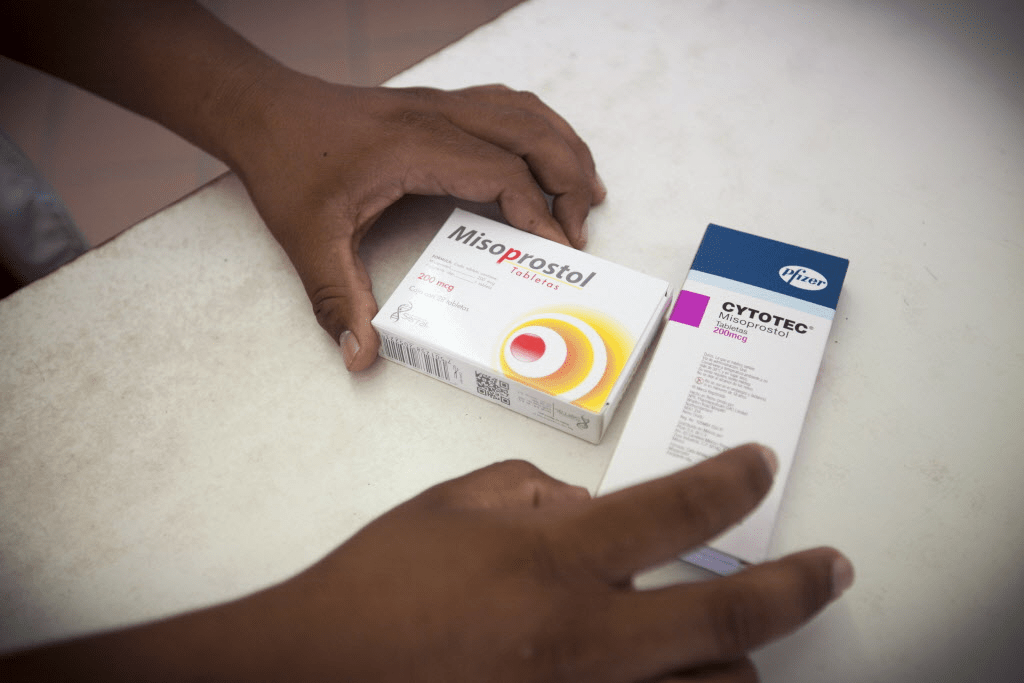In the past few years, talking about the right to have babies and making choices about having babies has become more common. One choice for people who didn’t plan for a pregnancy is taking medicine to end the pregnancy. This way of ending a pregnancy, also called medication abortion, gives women a non-surgical option for ending a pregnancy in the early stages. In this article, we look at how medical chemical abortion works, how well it works, and what you should think about if you are considering it.

What is Medical Chemical Abortion?
Medical chemical abortion uses medicine to end a pregnancy. This method allows people to end pregnancies at home with help from a healthcare provider, instead of needing surgery in a hospital. The process usually includes giving two medicines, mifepristone and misoprostol, which work together to cause an abortion.
Understanding the Process
Mifepristone Administration: The first step of a medical chemical abortion is taking a pill called mifepristone, which is usually given at a doctor’s office or clinic. Mifepristone stops the hormone progesterone from doing its job of keeping a pregnancy going. Without this hormone, the lining of the uterus starts to break down, causing the embryo to detach from the uterine wall.
Misoprostol Administration: After taking mifepristone, you should take misoprostol within 24 to 48 hours. Misoprostol is taken by putting it in the cheek or the vagina. It makes the uterus contract and pushes out the embryo. This step might cause cramps, bleeding, and passing of tissue, like a very heavy period.
Effectiveness and Considerations
Chemical abortion given early in pregnancy works really well. Studies show that using this method within the first 10 weeks of pregnancy has a very high success rate of over 95%. However, it may not work as well as the pregnancy goes on, and it’s not advised for pregnancies over 10 weeks.
It’s important for people thinking about getting a medical abortion to know the possible risks and side effects of the procedure. Complications are not common, but they can include a lot of bleeding, not finishing the abortion needing surgery, and allergic reactions to the medicines. It’s important to follow the instructions from your healthcare providers and get medical help right away if you have any worrying symptoms.
Conclusion
Medical chemical abortion offers a safe and effective option for individuals seeking to terminate early pregnancies. By giving women a non-surgical option, it helps them make smart decisions about their reproductive health in a private and supportive place. But it’s important to think about the good and bad things and talk with doctors to figure out the best choice for each person’s specific situation.
To learn more about medical chemical abortion and other women’s health services, go to the Orlando Women’s Center website. At Orlando Women’s Center, we promise to give kind care and help to people making choices about their reproductive health.





